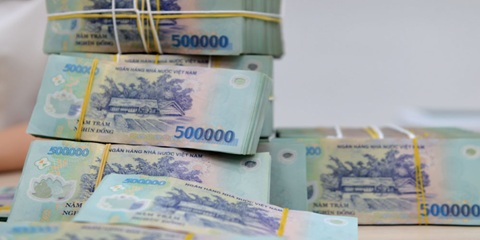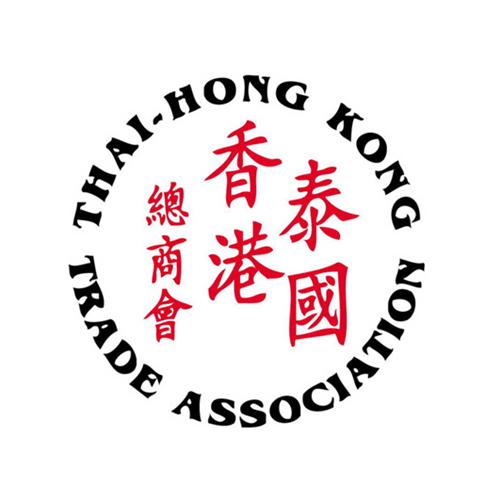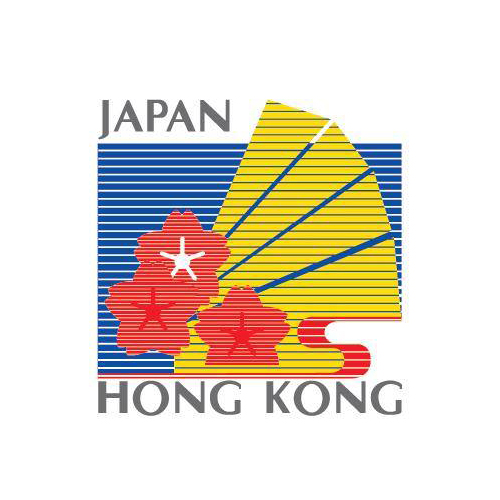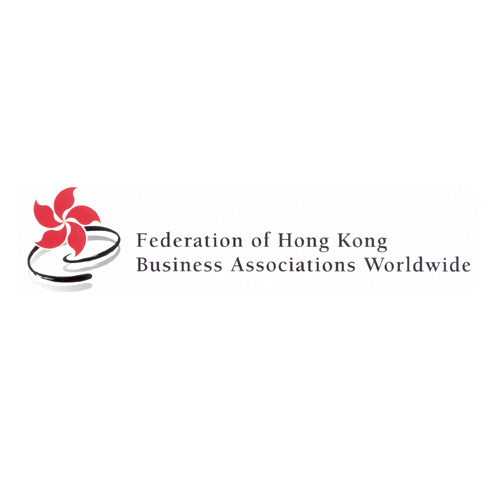Want to be in the loop?
subscribe to
our notification
Business News
VIETNAM SET FOR 6.1% ECONOMIC GROWTH IN 2024
According to the latest Taking Stock report by the World Bank, Vietnam's economic outlook for 2024 is optimistic, with growth projected to accelerate due to a rebound in manufactured exports, tourism, consumption, and investment. The report forecasts a 6.1% expansion in Vietnam's economy for 2024, with further growth anticipated at 6.5% in both 2025 and 2026.
Positive economic outlook
The World Bank anticipates a slowdown in manufacturing export growth during the latter half of 2024, despite a 16.9% year-on-year increase in the first half. This is attributed to a general deceleration in global demand, particularly from the United States, which is Vietnam's largest export market. However, export growth is expected to rebound slightly in 2025-2026 as global trade conditions and external demand from major trading partners such as the United States, the Eurozone, and China improve. The real estate market is projected to recover, driven by the resolution of the corporate bond market freeze and the implementation of the new Land Law in August 2024. This recovery is likely to gain momentum toward the end of 2024 and into early 2025. As exports continue to grow and the real estate sector rebounds, domestic demand is expected to strengthen in the latter half of 2024. Investor and consumer sentiment is anticipated to improve, with total investment and private consumption projected to grow by 5.8% and 5.6%, respectively, in 2024.
The World Bank report projects that Vietnam’s Consumer Price Index (CPI) inflation will rise to 4.5% in 2024, up from 3.2% in the previous year. This increase is primarily driven by persistently high food prices. The forecast takes into account a recent surge in food prices, which has been a major contributor to inflation in the first half of 2024. The situation is expected to worsen due to the spread of African swine fever across the country, despite enhanced preventive measures. Despite persistent conflicts in Ukraine and the Middle East, inflation related to oil and commodity prices is expected to moderate in 2024. Additionally, the planned increase in civil service and pension payments in July 2024 is projected to have a minimal impact on overall inflation. This is because the public sector workforce, comprising approximately 2 million civil servants and public employees, represents only 3.8% of total employment. Inflation is anticipated to revert to its historical average of around 3.5% in the subsequent year.
Foreign direct investment (FDI) flows into Vietnam are anticipated to remain steady in the short to medium term, as the country continues to attract investor interest. The government is expected to focus on consolidating the budget balance once the economy resumes stronger growth. The budget deficit is projected to decrease to 0.8% of GDP in 2024, and further decline to 0.5% and 0.1% of GDP in 2025 and 2026, respectively.
Many risks to face
The World Bank report highlights several risks to Vietnam's economic outlook, both external and internal. Externally, Vietnam’s open economy faces uncertainties from potential lower-than-expected global growth, particularly in key trading partners such as the United States, the European Union, and China. These risks could impact exports of processed and manufactured goods and industrial production, given Vietnam’s export-dependent growth model. Additionally, escalating geopolitical tensions might further disrupt export activities. Internally, a deterioration in macroeconomic stability could undermine consumer confidence, negatively affecting both consumption and investment. The real estate market might experience a slower recovery than anticipated, which could hinder private sector investment - a crucial driver of economic growth. Furthermore, if asset quality in the financial sector continues to decline, it could weaken banks' lending capabilities.
As one of the countries most susceptible to climate change, Vietnam faces heightened risks from the intensification of natural disasters, which could inflict significant damage on the economy. Additionally, energy supply shortages pose a threat to growth in manufactured exports. The country is particularly vulnerable to heat waves that impact hydropower plants in northern Vietnam. However, the completion of a 500kV transmission line by the end of 2024 is expected to help mitigate these risks by enhancing energy distribution and stability.
Vietnam's economic outlook could improve with more favorable global developments. Specifically, higher-than-expected growth in the global economy could drive a sustained recovery in Vietnam’s export sector. Additionally, looser monetary policies in major developed economies along with the US Federal Reserve potentially signaling an interest rate cut in September - could boost aggregate demand in these economies and, in turn, enhance Vietnam's export performance. These positive shifts could also help lower global financing costs and reduce the interest rate differential between the Vietnamese dong (VND) and the US dollar (USD). Such improvements would likely have beneficial spillover effects for Vietnam's banking and financial sector, supporting overall economic growth.
Given the economy's divergence from its pre-pandemic growth trajectory, accelerating public investment could play an important role in supporting aggregate demand in the short term and addressing emerging infrastructure gaps. Specifically, increasing public investment by one percentage point relative to GDP has the potential to boost GDP by 0.1%.
Vietnam faces constraints in further reducing interest rates due to the significant gap between domestic and international interest rates and associated pressure on exchange rates. Authorities should focus on encouraging banks to improve their capital adequacy ratios and bolster the institutional framework for prudential supervision. This includes strengthening mechanisms for detecting and addressing issues related to bank-corporate linkages and enhancing early intervention strategies to identify and mitigate problems before they escalate into widespread crises.
Despite recent amendments to the Law on Credit Institutions, there remain gaps, particularly in the supervision of consolidated banking groups and their connections to the real estate sector. Vietnam should address these weaknesses in banking and crisis management, and enhance legal protections for supervisory bodies to better safeguard the financial system.
To ensure sustainable long-term growth, structural reforms are essential. Beyond short-term stimulus measures, strengthening public investment management is critical to addressing infrastructure gaps in energy, transport, and communications, which are increasingly hindering growth. Authorities should prioritize accelerating structural reforms to enhance the regulatory environment in key service sectors such as information and communications technology, electricity, and transport. This includes efforts to green the economy, build human capital, and improve the business environment. Increasing trade diversification by expanding into new markets and products, while deepening regional trade integration and connectivity, can help mitigate the risks associated with global trade fragmentation and support more resilient economic growth. Further integrating the domestic private sector into global supply chains, particularly by increasing the proportion of domestic suppliers for foreign direct investment (FDI) enterprises, will also strengthen Vietnam’s trade integration and contribute more significantly to its economic development.
Source: VCCI
Related News

GOLDEN DEAL, KNOCK-DOWN OFFER
Are you ready for a fun-filled family vacation. Don't miss the super attractive Family Staycation package at Becamex Hotel. 2 days 1 night package with full amenities and free activities: Buffet breakfast, Swimming, tennis, bicycle, gym, sauna, cool ice cream, 300.000 VND service voucher and many other offers! Contact now for detailed advice.

"BEARY CHRISTMAS" CHARITY PROGRAM
As the Festive Season approaches, Caravelle Saigon, in collaboration with VinaCapital Foundation (VCF), is bringing a heartwarming charitable initiative to life — and we are delighted to invite all HKBAV members to take part in the very first “Beary Christmas” Charity Program. By adopting a Caravelle Bear for VND 299,000 nett, you will be directly supporting children battling cancer in Vietnam through VCF’s Can-Care/Can-Clover Program.

SOILBUILD INTERNATIONAL WINS “BEST INDUSTRIAL DEVELOPMENT” AWARD FOR SPECTRUM NGHE AN AT THE PROPERTYGURU VIETNAM PROPERTY AWARDS 2025
Soilbuild International is pleased to announce that its project, Spectrum Nghe An, has been awarded Best Industrial Development at the PropertyGuru Vietnam Property Awards 2025, held on 24th of October 2025, in Ho Chi Minh City. The PropertyGuru Vietnam Property Awards is part of the prestigious PropertyGuru Asia Property Awards series, the largest and most respected real estate awards programme in Asia.

WEBINAR: 2025 VIETNAM KEY TAX FINALISATION, UPDATES ON TAX CHANGES AND GLOBAL MINIMUM TAX
Dear Valued Client,We would like to invite you to our webinars on Friday, 12 December 2025, and Tuesday, 16 December 2025, to review and learn about key 2025 tax finalisation topics and stay ahead with the latest tax changes.

NEW ECONOMIC POLICIES EFFECTIVE THIS DECEMBER
Government Decree 304/2025, effective December 1, sets stricter conditions for seizing collateral, especially assets that are a borrower’s sole residence or essential work tools. In such cases, lenders must set aside a compensation amount equivalent to six to twelve months of minimum wage. The measure aims to improve transparency in bad debt handling and reduce credit risk in the banking system.

QUANG NINH TARGETS VND58 TRILLION IN TOURISM REVENUE
Quang Ninh Province is aiming to generate VND58 trillion in tourism revenue this year after surpassing its goal of 21 million visitors, driven by new tourism products, expanded nighttime activities, and large-scale events. As of mid-November 2025, Quang Ninh had welcomed 21.28 million visitors, up 12% year-on-year. Tourism revenue reached at least VND57 trillion, a 22.46% increase from the same period last year. With its visitor target achieved, the province is now pushing toward its revenue goal of VND58 trillion.
























